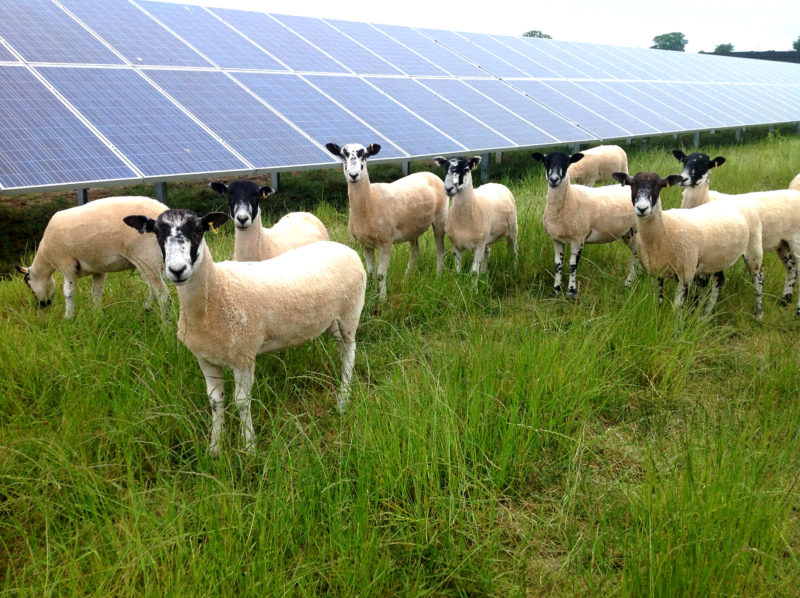
REWI is excited to announce the release of the National Solar Wildlife Research Plan (the Plan) and its companion document, Solar Energy Interactions with Wildlife and Their Habitat.
The Plan outlines REWI’s research priorities and provides a brief state-of-the-science summary of photovoltaic (PV) solar and wildlife/natural resource interactions. Solar Energy Interactions with Wildlife and Their Habitat summarizes what we know, provides details related to questions and research needs, and highlights pressing challenges, risks, and opportunities to enhance biodiversity within and surrounding PV facilities.
These documents, which have undergone extensive stakeholder input and expert review, will lay the groundwork to inform REWI’s solar program and will be updated regularly. The Plan articulates REWI’s strategic research priorities and approach to solar-wildlife and natural resource challenges and opportunities. The conceptual basis of REWI’s Plan is that PV solar facilities represent ecosystems – dynamic systems with biological and environmental components interacting within a defined area (e.g., facility footprint or broader). Understanding ecological and environmental responses in the context of site-specific and landscape conditions surrounding PV facilities is essential in identifying mechanisms related to impacts, developing solutions to natural resource conflicts, and enhancing onsite biodiversity and ecosystem function and service. The Plan proposes that given the diversity of challenges expressed by solar energy stakeholders, the holistic approach represented by an ecosystem framework to study solar-wildlife interactions is needed, and it unites research and priorities related to solar-natural resource challenges, such as fatalities, habitat loss, and species interactions, with the interest in ecosystem function and service and biodiversity enhancements.
For REWI, releasing these documents is momentous and represents a key moment in the organization’s history, growth and rebrand to include solar-wildlife work, and increasing impact on the ongoing work to understand and address renewables-wildlife issues.